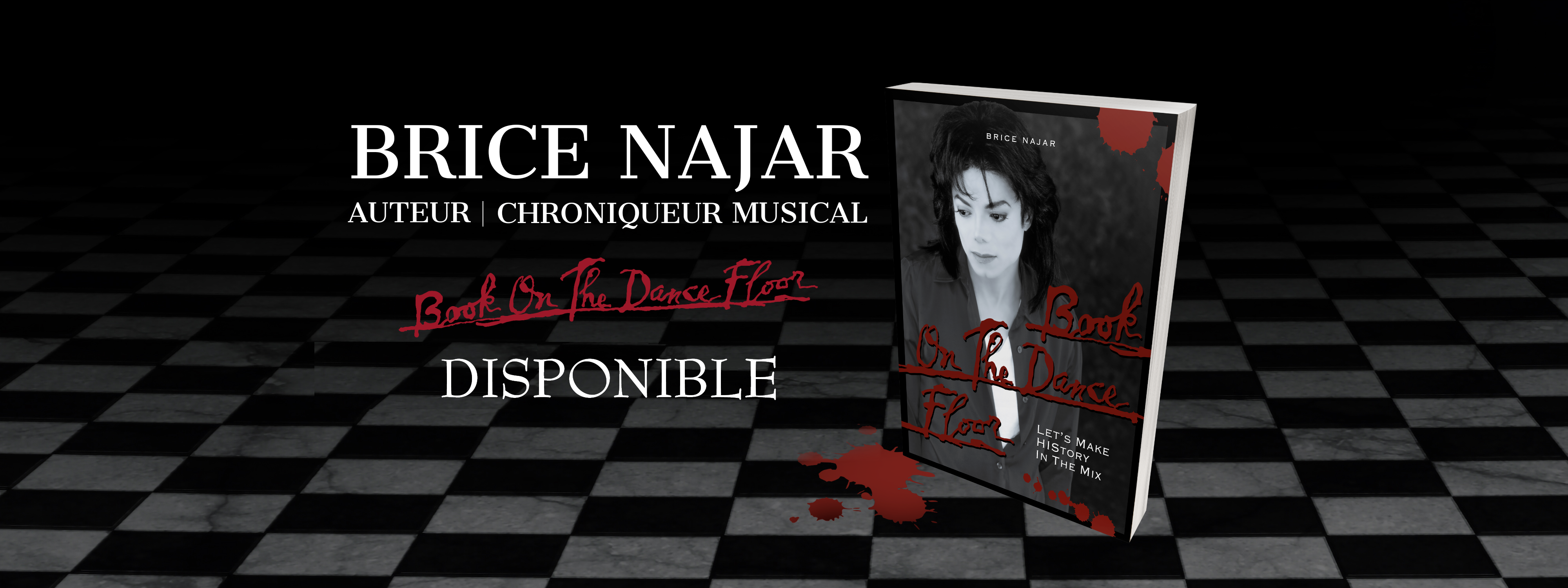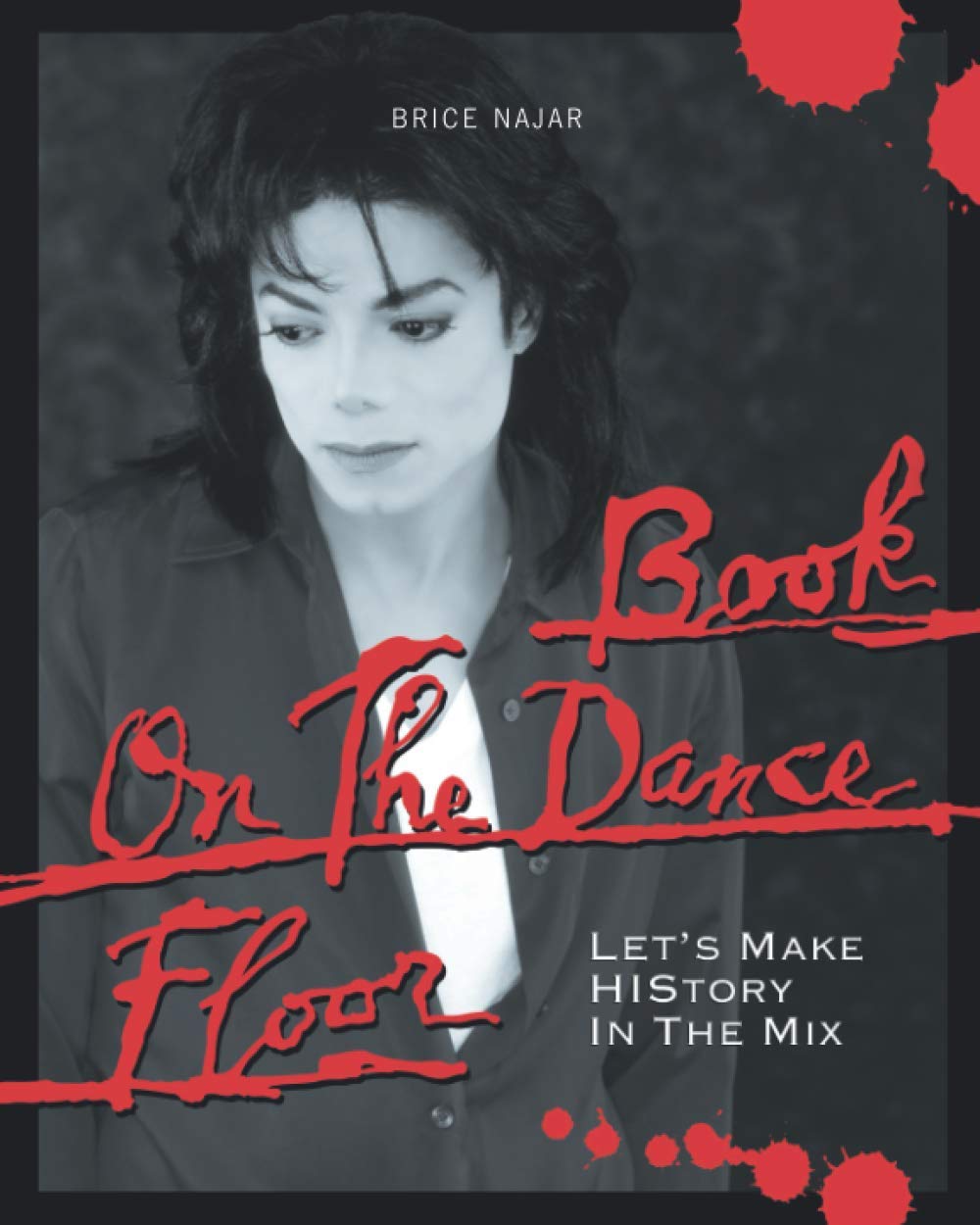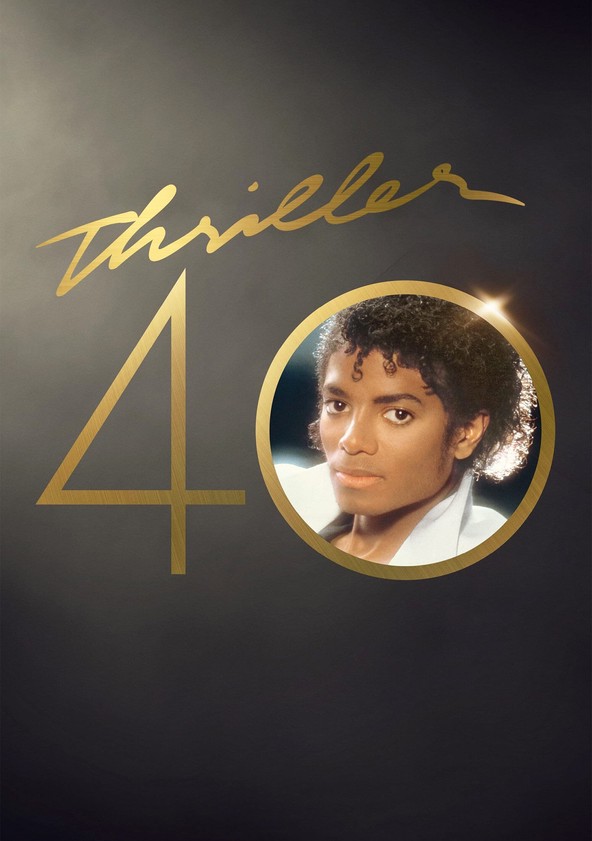
Thriller 40: the documentary
Nelson George
Good things come to those who wait! This proverb seems appropriate with the release of the Thriller 40 documentary, celebrating the best-selling album of all time, rightly considered the gem in Michael Jackson’s discography. Since it had been announced and previewed in London at the time of the eponymous album’s release a year ago, we had almost forgotten about it, and had also been reading some sarcastic comments on social networks from some fans who renamed it Thriller 41.
And yet, the date of December 2, 2023 isn’t so far-fetched! After all, it was 40 years ago to the day that the “Thriller” short film was first broadcast on MTV! What a daring marketing plan to make us forget (and swallow) this postponement and, with this announcement, to make us realize before viewing that it won’t just be a question of evoking the record, but also what Thrillermania is, including the videos that contributed to its building up. Expectations are therefore legitimate when you take on a musical monument. There’s a before and an after to Thriller, as is rightly mentioned at the start of this documentary. And after Spike Lee’s two documentaries on Bad and Off The Wall, we’d like the Estate to bring this Jackson/Jones trilogy full circle. This new documentary is directed by music journalist Nelson George. Many fans reacted negatively to his equally negative comments on the King of Pop in the 2000s, but I was one of those who thought we should wait to see the finished product before jumping to conclusions…
Especially when I immediately find myself being captivated by the first few minutes which immerse the viewer into the setting of the Westlake Studios. The first few accounts by Matt Forger, Steve Lukather, Greg Phillinganes and Anthony Marinelli give me the impression that I’m about to see the documentary I’ve been dreaming of. It seems that the tracks are going to be analyzed one by one in their creative process, supported by the talents of Michael Jackson, Quincy Jones, Bruce Swedien and Rod Temperton. This impression is confirmed by the presence of guitarist Paul Jackson Jr. and the Waters on backing vocals for “Wanna Be Startin ‘ Somethin'”. This first quarter-hour is therefore more than promising and bodes well for the future, especially as the archive footage of the studio sessions for “The Girl Is Mine” is quite simply exceptional. I remember reading, in June 2009, David Paich’s account of that day’s improvisation of the song “I Was Made To Love Her”, pointing out that the whole thing had been filmed. I had then smiled, thinking that we’d probably never see that footage. I like to tell you this anecdote to express just how exceptional this archive is. Finally, I am discovering members of Toto (my favorite band, but you knew that, didn’t you?) like Steve Lukather and Jeff Porcaro in the company of Michael and Paul, who, in the space of a few seconds, manage to offer us a palpable emotion that does justice here to “The Girl Is Mine”, a track that sometimes is underated in the Jackson discography. We can only bow our heads in awe at the magic that happens in the studio. Far from artifice, it’s raw talent at work here, and we’re overwhelmed by the authenticity of these two artists behind the microphone.
From an overall point of view, the archival footage is one of the documentary’s strong points. This is a way of way keeping the fans happy, and when I see all the screenshots flooding the newsfeed of my Jackson contacts on social networks, it’s clear that the Estate has hit the nail on the head by opening up its archives, even if everything is necessarily timed to the second. Maybe I’m feeling a bit calculated, and the magic is fading for me as the minutes go by. I must admit that I’m less captivated by the accounts of people who weren’t closely involved in the album. I’ve got nothing against Mark Ronson, Mary J. Blige or Usher, and while I’m aware that a parallel with current artists is legitimate, I find it harder to drink in their words. Of course, this concept and these recipes had already been applied in Spike Lee’s documentaries and generally to any project of this type. It’s a way of realizing that it’s the general public that’s being targeted, so that they can see how MJ’s artistic legacy will continue to endure over time. But it’s so obvious to me that I don’t feel the need to hear it repeated. I’ve been hearing that Usher and Justin Timberlake have been his worthy heirs for over twenty years now, so a few KPop extracts aren’t going to bring a tear to my eye, and 1982 has never seemed so far away at that moment… Regarding these famous contributors, one might then retort that Will I Am and the Jam/Lewis tandem themselves collaborated with the King of Pop, but I would have found it wiser to see them in documents discussing their respective work at the relevant times. You can just imagine how much I dream of a documentary dedicated to HIStory, but I wouldn’t bet too much on it, and I am clear-headed. Anyway, I’m digressing here, so let’s get back to the subject at hand, even if it takes us in directions I don’t find relevant. Here, I’m clearly referring to the TikTok company, which has placed its product on the market. It’s all very well for fans to use Michael’s music in Rotterdam or Rio de Janeiro on this platform, but is this really vital information when it comes to evoking such a musical gem? Business is business, you may say, but when it takes precedence over the artistic aspect, that’s a red flag… Especially as I was imagining a storyline discussing the album song by song and recounting the genesis of these fabulous hits. How, for example, can one fail to pay tribute to drummer Ndugu Chancler and bassist Louis Johnson, also gone too soon, when one is trying to take us behind the scenes of “Billie Jean”? Other witnesses from this world, such as keyboardist Bill Wolfer, could have shared their memories of the demo recorded in the Jacksons’ family home in Hayvenhurst. The list is too long to include all those who could have testified about this fabulous musical adventure, at the risk of forgetting many of them. Each track is skimmed over, and in trying to get to the heart of the matter, one sometimes forget the basics. I’m thinking in particular of “Human Nature”, with no mention of the names of lyricist John Bettis and composer Steve Porcaro. The Estate’s lack of respect for the latter was already apparent when they tried to buy “Chicago 1945” for peanuts, not without adding that it was to remix (I’d even say screw up) this unreleased track. This is how differences between the various protagonists, which have persisted for years, affect the artistic aspect and materialize in the editing of this Thriller 40 documentary. The name of the band Toto is obviously mentioned to create the illusion, but I would have liked a little more recognition for the creator of « Human Nature », as well as for David Paich, who appears at his piano in an archive footage without being mentioned either. Yet, Michael had not failed to do so in Moonwalk, but this is clearly a different frame of mind here. You’re either in the Estate’s good books or you’re not. I’m thinking in particular of the presence of the Talauega brothers, who regularly collaborate on the Estate’s various projects as choreographers. I’m aware that they were present on the HIStory Tour, at the MJ & Friends concerts and at Madison Square Garden in 2001. They’re perfectly legitimate to deal with dance in the Jackson world. Still, when the director ignores Vincent Paterson, who could have mentioned his presence on the videos for “Beat It” and “Thriller” and thus paid tribute to his friend Michael Peters, you realize that the Estate has imposed its own casting on Nelson George. The latter even tries to mention Quincy Jones as often as possible to make up for his unfortunate absence, given the strained relations (whose fault is that?) between the producer and the executors of Michael Jackson’s will. In addition to a few archive documents, the account of Steven Ray, Q’s assistant at the time, demonstrates this desire to make us forget this aberration, which is simply the result of catastrophic human management with a large number of collaborators, to the point of deliberately forgetting to mention the genesis of the tracks “P.Y.T” and “The Lady In My Life”, even though their respective authors, Quincy Jones and Rod Temperton, have never been tight-lipped about their work with Michael Jackson. Remember their participation in Gareth Maynard’s documentary King Of Sound, dedicated to Bruce Swedien. Its broadcast was unfortunately limited to the first edition of the MJ MusicDay in 2017, but at least it led to the creation of Sonic Fantasy when Marcos Cabota, after attending our screening, offered to take up the torch. That’s why I have the feeling that Nelson George had to work under a lot of constraints to bring this project to fruition. It’s not all doom and gloom, far from it, and for the first time, “Beat It” isn’t just about Eddie Van Halen’s solo, and Steve Lukather’s melodic work is finally recognized for what it is. However, there’s no mention of the Synclavier or the anecdote about the blue promo vinyl used for the intro, as Tom Bähler likes to tell us. Here’s another person who likes to share his memories and who would have deserved to be contacted, but as said above, the list is long in terms of absentees and everything is really skimmed over.
The main goal is to express the magic of Thriller, ignoring the tension that may have existed behind the scenes, with the exception of the CBS/MCA conflict over ET Storybook but only for a brief moment. The Thriller project’s mission was to save the record industry, and a certain amount of pressure inevitably came from it. There were shouts and tears in the studio, especially when Bruce Swedien had to re-mix the whole album after a disastrous first listening session in the presence of CBS’s top brass. That’s why Marcos Cabota’s Sonic Fantasy documentary goes a step further, immersing us in the DNA of Thriller. The comparison was inevitable, especially as the director invited many more of the album’s protagonists to talk, not forgetting to pay a genuine tribute to the sound engineer without whom Thriller would not have been the same. Marcos offered to share his numerous Bruce rushes to complete this Thriller 40 documentary, but got no response, and one suspects that some are afraid of writing checks at the expense of quality. But it’s not for lack of means… John Branca must have felt that the best part was already in the documentary, especially as he also provides his own account. Don’t get me wrong, he’s quite legitimate too. In his role as a lawyer, he did a great deal of work at the time, and he’s right to point this out, happily citing such feats as the marketing of the Making Of Thriller. Still, I would have liked to hear other insiders, such as manager Freddy DeMann (who was in Sonic Fantasy!) address this aspect of the business, and to be reminded of all the work done in this field by Franck DiLeo too. John Branca can’t just take all the credit as if he’d been the only one. The Thriller subject is too important to be turned into a propaganda message…
I must admit I’ve been complaining a lot already, and yet this documentary is totally benevolent. Even John Landis’ account is charming. All in all, it’s a pleasing presentation, especially as the never-before-seen footage from the “Thriller” short film is a blood-sugar-boosting treat and a good ploy to try and get me to tone down my previous reservations. And so the Thrillermania continues, with its many ceremonies and awards that are inseparable from its era, and this montage is a complete demonstration of it. The Pepsi ads are also discussed, with the emphasis on how they were designed to please the Jackson family. And as with the Motown 25 show and the Victory Tour, it would have been a good idea to give the floor to at least one of the Jackson brothers, as Spike Lee did. I would add that Nelson Hayes’ account is another missed opportunity. As a driver and a steward, he had an intimate relationship with Michael and his brothers, and could have provided a more than legitimate insider’s view of the family, especially as Thrillermania includes a substantial number of albums and projects produced by the King of Pop’s siblings: (another) forgotten aspect of that era, even if all my ideas would have given the film a longer running time than Ben-Hur! Now you might think they’ve lost me and I’m still grumbling under my breath. But think again! That would be to underestimate the power of the Victory Tour footage, whose quality thrills me to the point of fantasizing about the release of a 4K Blu-ray. I can imagine myself enjoying the entire concert at full volume in my living room. I had the same feeling when I discovered the impeccable images of the Triumph Tour in the 2004 documentary The One. I dared to hope that one day I’d finally be able to enjoy this concert in optimal conditions, and when that doesn’t happen, frustration runs high. I’ve been waiting for 20 years now, and I hope that the same misadventure doesn’t happen again with the Victory Tour, even if the chance is slim. It will soon be 40 years since this tour took place, and it might be time to let go. A little fan service doesn’t hurt sometimesbut it is forgotten here in favor of the general public, as is generally the case with this documentary. And yet, I’m convinced that it’s the fans who most need to be taken into consideration. The closing credits try to reassure them that the Estate is doing great things, in a self-congratulatory way, mentioning the few projects it has completed since 2009. For my part, I have the feeling that I’m watching a promotional campaign reminiscent of an outgoing president trying to defend his record in the middle of a campaign in order to win re-election.
Despite all my criticisms, I can’t objectively call this documentary bad. It serves its purpose with the general public and a large number of fans, and after long lean periods, it’s good to have a current event. For my part, if I want to tackle certain subjects, I have to try to deal with them with my own ideas and my own means. I hope we haven’t heard the last of the King of Pop. It’s an inexhaustible subject, so let’s continue to celebrate him. We owe it to him.
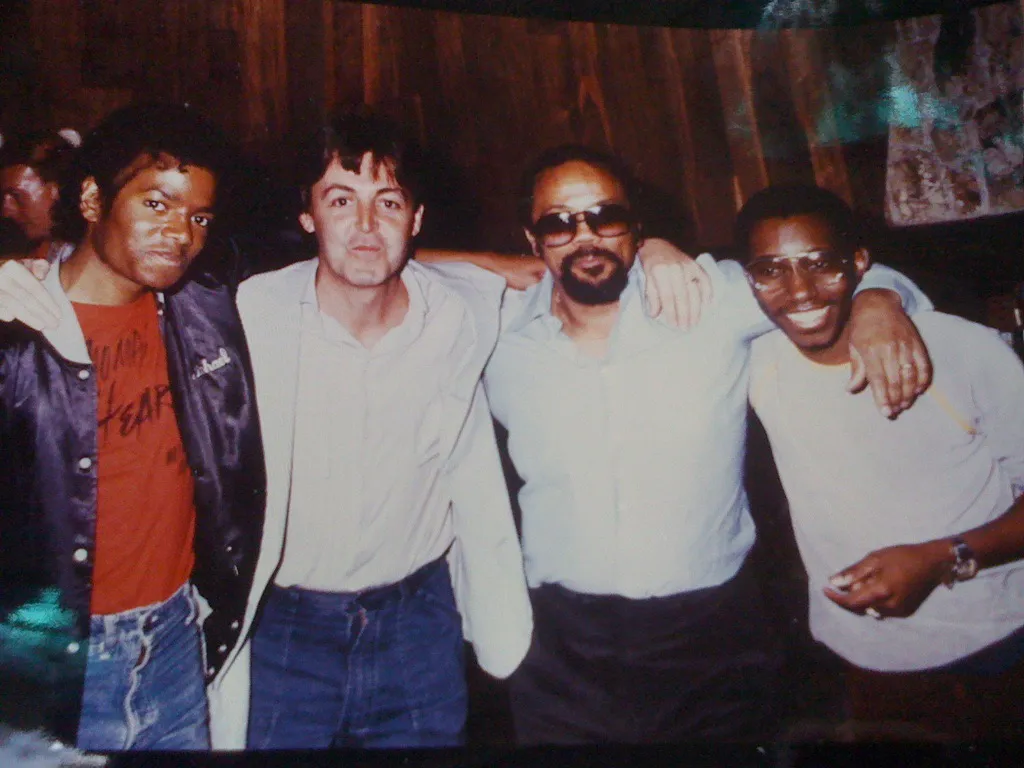

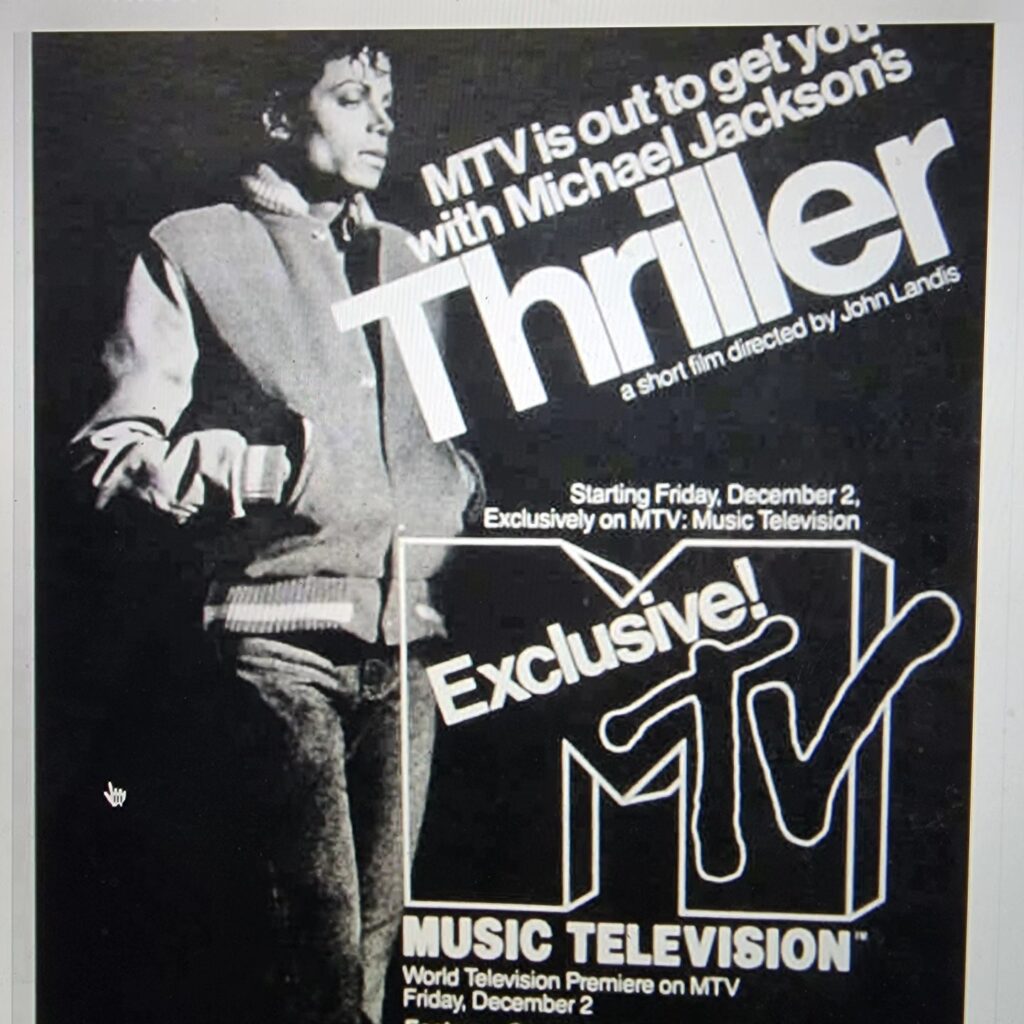
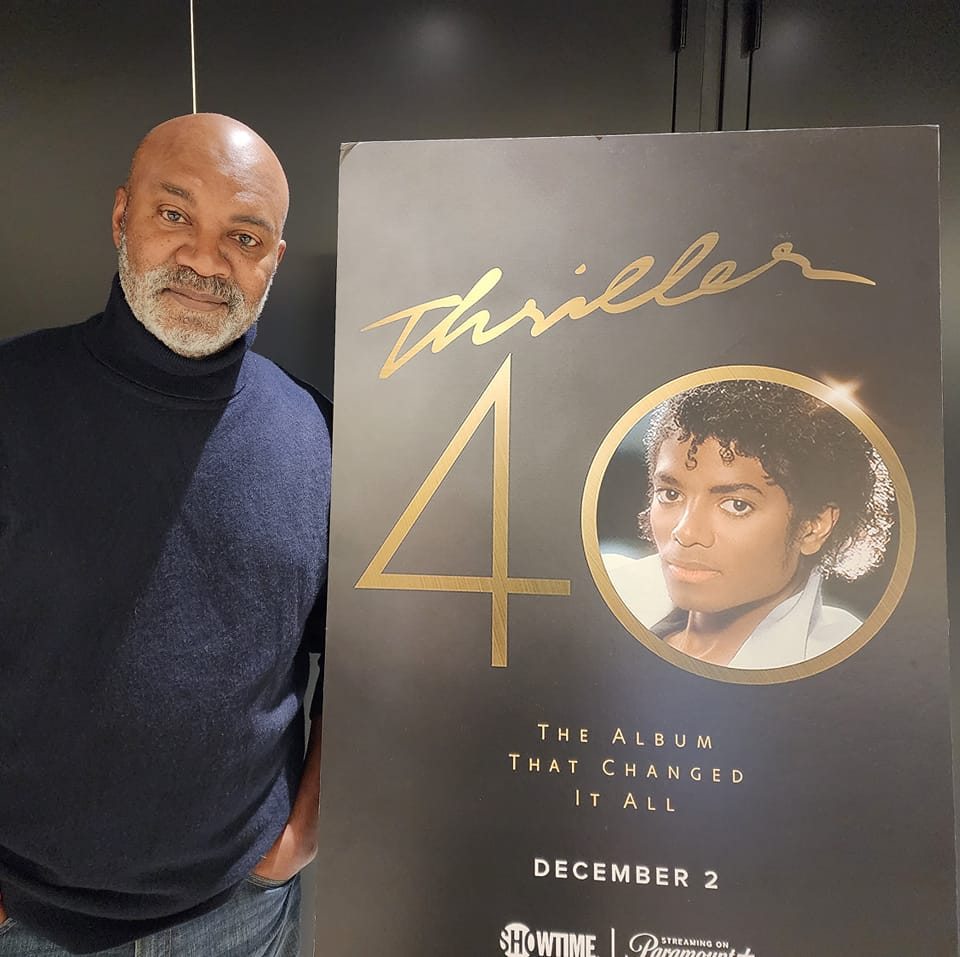
READ MORE:
Sonic Fantasy by Marcos Cabota: the review
Icons & instincts by Vincent Paterson: the review
